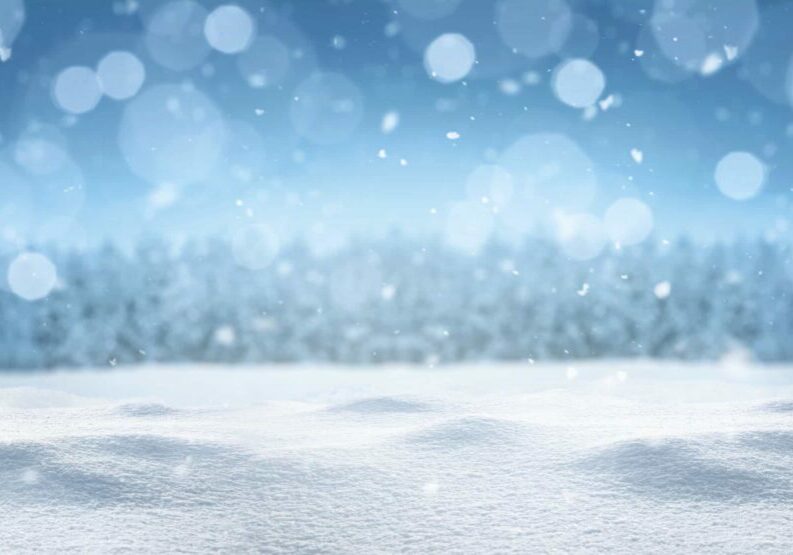By Kaitlyn Dunphy, Esq.
Snow days bring up nostalgic memories of childhood for many. However, during the COVID-19 pandemic, not everyone will be so lucky as to enjoy frolicking in the snow on an unexpected day off from school. A change in the law has allowed remote learning to replace snow days, but only for the time being.
The New Jersey Department of Education (NJDOE) requires schools to provide public school facilities for at least 180 days of the school year in order to receive state funding. This past spring, the Legislature amended the applicable statute to respond to the need to switch to remote and distance learning. The law was revised to allow virtual or remote instruction to count toward this 180-day requirement. However, this is only the case when the school is closed for three or more consecutive days due to a declared state emergency, declared public health emergency, or when the appropriate health agency has directed a closure for public health reasons.
This amendment remains in effect during the ongoing public health emergency, since all schools were closed for at least three consecutive days during the spring. Therefore, the NJDOE is permitting remote instruction to count toward the 180-day requirement if the school is closed during inclement weather, but only during the current public health emergency.
While school districts are currently permitted to offer remote instruction in place of closing school for a snow day, this does not mean that school districts are doing away with them completely. There’s no requirement that snow days be eliminated altogether. Some superintendents have gone on record as still supporting the use of snow days, citing students’ social and emotional need for a break, especially during this trying year.
Others have taken the middle road, saying that it depends on whether power or internet service goes out during the storm. Perhaps blackout days will be the future snow days? Still others have said they will look to the calendar they have set for the year, particularly whether and how many snow days are available.
School districts often build snow days into the year’s calendar. If not, or if they are all used, the remaining options are to extend the end of the school year or to hold instruction on days that were previously scheduled as off, possibly cutting into spring break. Some superintendents may choose to use the snow days built into the calendar, but if more are needed than planned for, remote learning could be used in place of the time-honored snow day. Or they may simply decide to hold instruction remotely instead of calling a snow day for continuity of learning.
What does this all mean for the future of snow days? Will they be a relic of the past? Not necessarily.
The amended law only comes into play when schools are closed for three or more consecutive days because of a declared state emergency, declared public health emergency or when the appropriate health agency has directed a closure for public health reasons. If these preconditions aren’t met, then remote instruction would not count toward the 180-day requirement that schools need to meet to be eligible for state aid. A new statutory amendment would be needed to replace snow days with remote instruction when there’s no ongoing emergency. For now, the future of snow days remains to be seen.
Kaitlyn Dunphy is an associate director of NJEA Legal Services and Member Rights in the NJEA Executive Office. She can be reached at kdunphy@njea.org.
